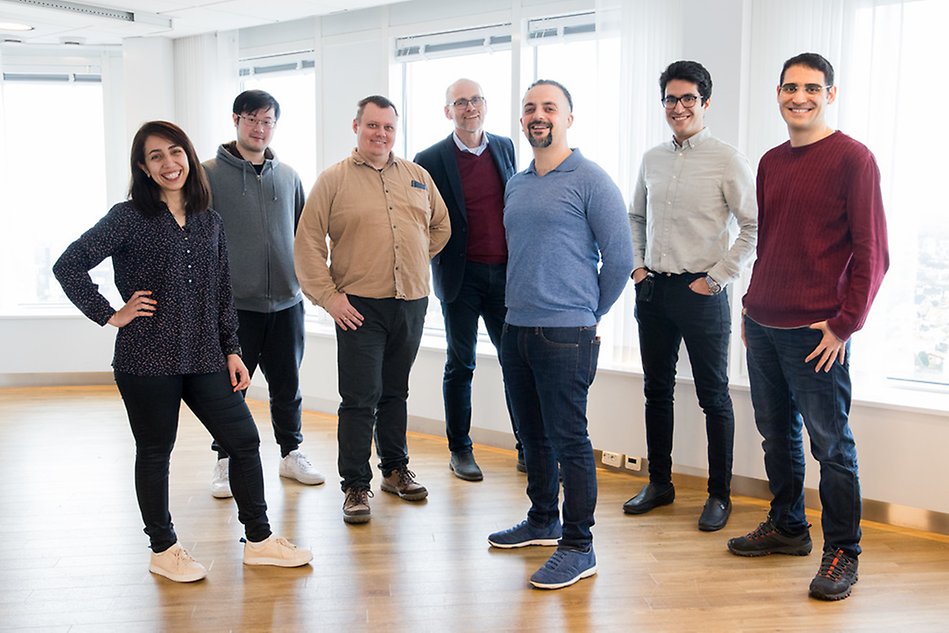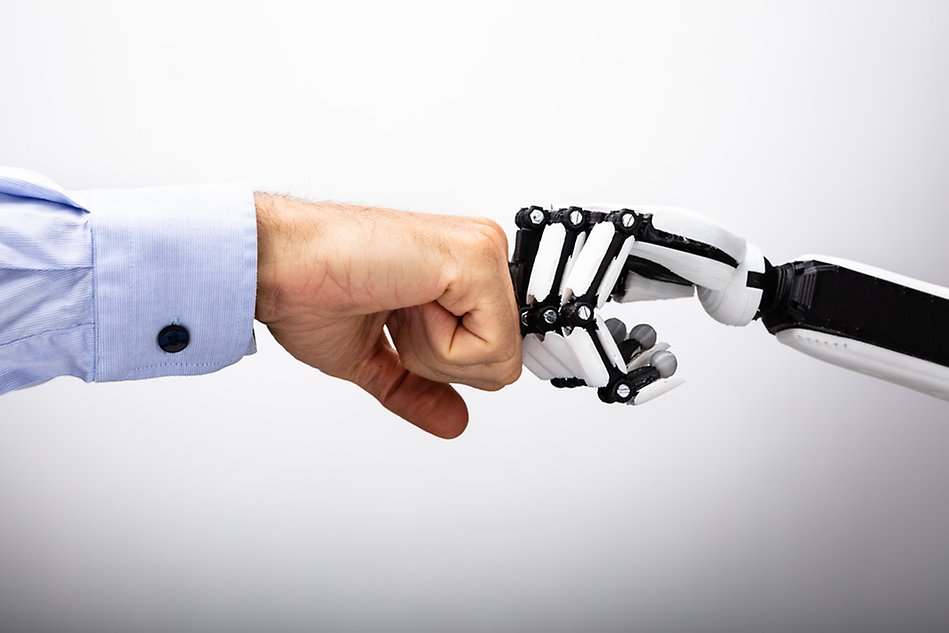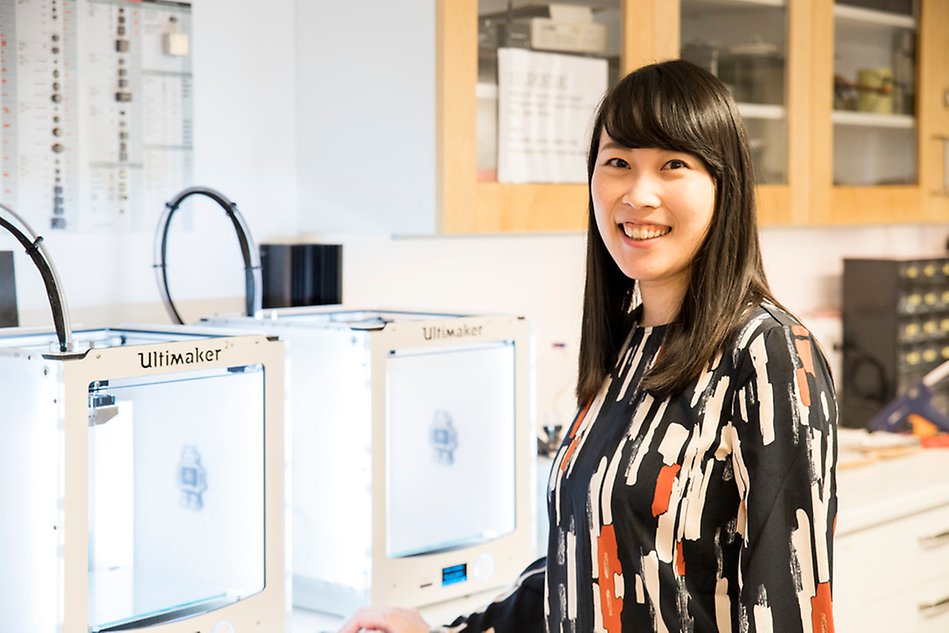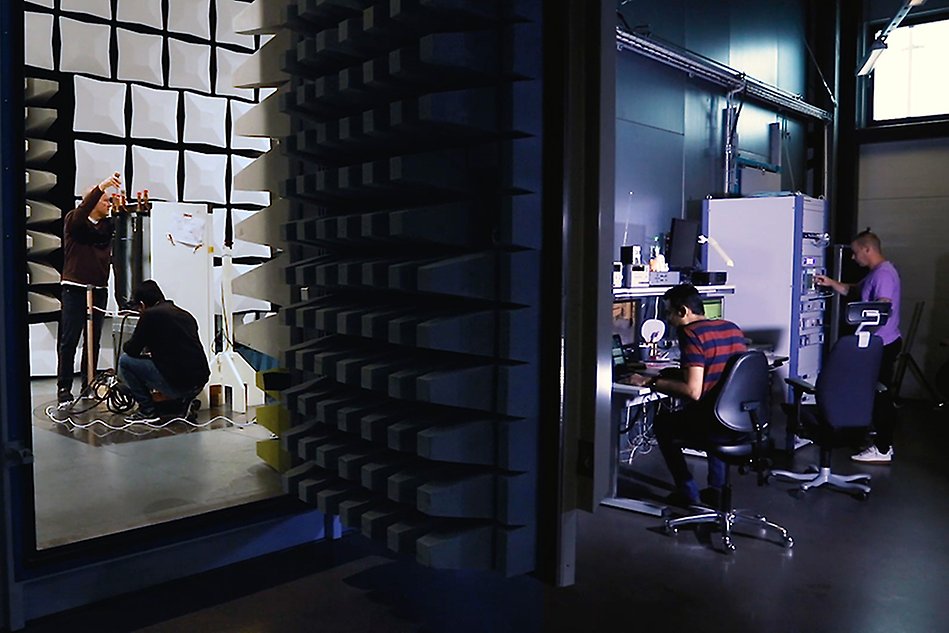School of Information Technology
The School of Information Technology (ITE) is a strong research and education environment, focusing on smart technology and its applications. Students and researchers are working with everything from AI and information driven care to autonomous vehicles, social robotics and digital design.
ITE offers education on all levels, from undergraduate to PhD education. The School handles the University’s doctoral education within information technology, which accepts around 30 PhD students each year. The School also offers extensive education for professionals.
Working at ITE





